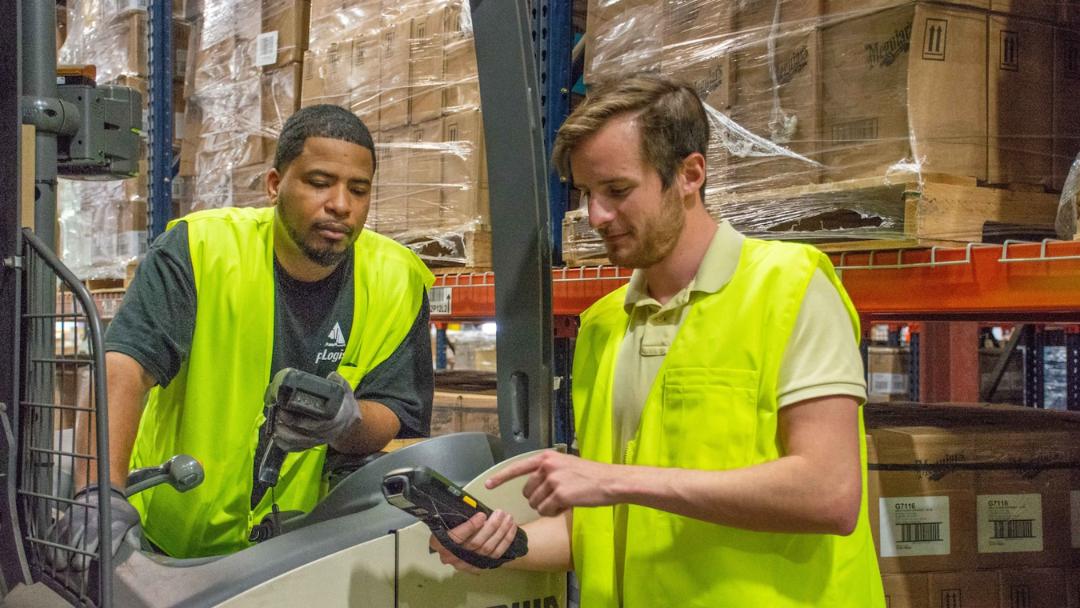Each year, Thanksgiving gives us a chance to reflect on what’s going well in our lives and how grateful we are for what we have. While this holiday makes us think about the things that are most important, the act of giving thanks shouldn’t be reserved for one single day or season.
Expressing thanks in the workplace and recognizing a job well done is an under-valued way to make your team feel appreciated. Just saying “thank you,” as simple as it sounds, can have a huge impact on your team. Plus, there are benefits far beyond the initial feel-good moment that can lead to increased retention rates, employee satisfaction, and productivity. In honor of Thanksgiving, join us in taking a deeper look at the power of saying “thanks” in the workplace.
Building a Positive Work Environment
Giving positive feedback is one of the simplest and most effective ways to build a great work environment. In fact, feedback is the second most powerful contributor to employee experience after providing meaningful work. More than two-thirds of employees who reported that their manager focuses on their strengths and positive characteristics reported feeling engaged at work, according to Gallup. In comparison, less than half that number - only 31 percent - of those who felt their manager focused on their weaknesses felt engaged. This goes to show the power managers have when recognizing employees’ successes and what a significant impact that can have on employee engagement.
The power to improve the workplace with positive feedback goes beyond individual benefits. In one study, when companies openly expressed gratitude to their workers, that positivity was amplified and expanded across the organization to raise job satisfaction among all employees, not just those who were directly praised. Simply building a culture where workers were recognized for their hard work and achievements made the whole team more positive. Since happy workers are 20 percent more productive than their unhappy counterparts, the benefits of a positive culture can pay off in a big way.
The Best Ways to Give Positive Feedback
The first factor for workers is who is recognizing their great work. A 2016 Gallup study showed that employees tend to have the strongest memories of positive feedback coming directly from their managers. However, positive peer feedback can also have a significant impact, as this type of recognition can boost performance by up to 14 percent.
It’s possible that peer feedback has such a big effect because workers are more likely to recognize each other’s work if it’s common to do so within the company. A workplace where workers complement each other is more likely to be a supportive, positive place to work. Encouraging this type of recognition can be a plus for teams anywhere, as only 29 percent of HR professionals report using any peer feedback at their company, but a majority of those who do use it see a positive impact. So while it is important to thank your employees for their work as a manager, it’s also beneficial to encourage them to recognize each other.
The next big factor is how you give positive feedback. Common tips are to keep feedback timely, connected to business results, public and specific. Yet one component that is more likely to be overlooked is the delivery. One researcher, Marie Dasborough, compared the reactions of two groups - a group that received negative feedback delivered with a smile and a group that received positive feedback delivered with a frown. She found that the emotional signals had a greater effect than the words themselves. This says something crucial about how you deliver your thanks or praise: that only a genuine message counts. As you’re giving positive feedback, make sure what you’re saying is honest, and take non-verbal cues into account.


